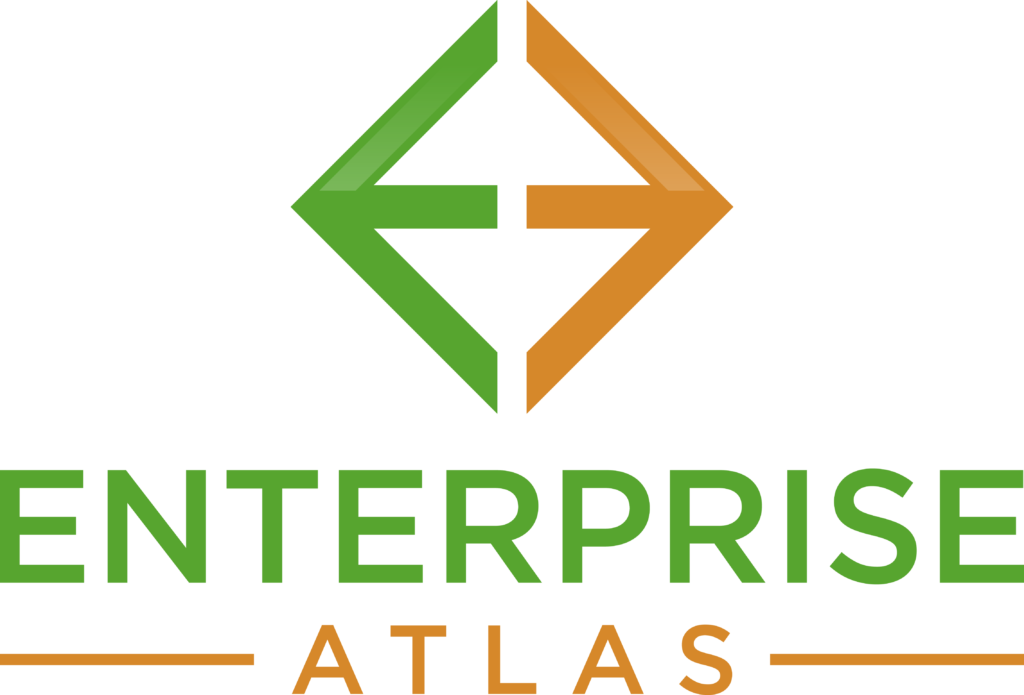Architecture Diagram
What is cloud architecture?
Being an IT environment, a cloud allows users access to and share the same scalable resources over a network. Cloud architecture is all about the way in which technologies and components collaborate for creating an online platform.
Cloud architecture is hard to understand. Cloud architecture diagram tool free is the best tool so far. Software architecture diagram tool online can be used for documenting your cloud environment for incident response. Simply start using azure AWS GCP diagram and instantly get 100% accurate diagrams that are always up to date. To understand free architecture diagram tool online, let’s understand cloud architecture elements.
Benefits and Types of Cloud Services
Let’s explore some benefits cloud migration brings:
• Lower costs for your company
• Fast support and use
• Easier adaptation
• Better network security
• Easier access to files and applications
Overall, there are 4 types of cloud services and each of them uses a different method for cloud architecture.
Software as A Service (SaaS)
This is software that doesn’t have to be installed on a computer. It can be accessed easily via the internet.
Development as A Service (DaaS)
Also famous as hosted desktop services, this computing model includes an outsourced virtual desktop infrastructure, (VDI).

Platform As a Service (PaaS)
A system where the hardware and software tools required for application development can be delivered by a third-party.
Infrastructure as A Service (IaaS)
Third-party management and furnishing of computing infrastructure, like storage devices and servers.
Cloud architecture elements
Cloud architecture includes the following elements:
- Cloud resources (This is a cloud provider’s physical or virtual resource that can be accessed by a user)
- On-prem Resources (Software and technology located at an organization’s physical premises.)
- Middleware (The component of software is all that connects a database to an operating system)
- Software components (Every part of an application or system)
Different types of cloud environments
Every cloud environment is hosted and accessed by users differently but all of them offer virtualized processing and storage. Overall, there are four types of cloud environments.
Public cloud – A third-party provider offers a public cloud computing service that is available to everyone over the internet. For example, Google and Amazon offer public cloud computing services that can be used to provide individual services based on their needs. However, users should adapt to the platform’s structure because cloud providers retain full control over the environment.
Private cloud – Only authorized users can access private clouds. They are usually used by one organization and protected by firewalls. Although private clouds are more secure than public clouds, they offer greater control over the cloud environment. However, you will also face some drawbacks. Organizations are responsible to provide and maintain their own software and infrastructure which can cost them a lot. It’s because private clouds usually depend on physical storage and computing capacity.

Hybrid cloud – A hybrid cloud is about combining a public and private cloud. It has the flexibility of a hybrid cloud as well as security and computing capabilities of a private cloud. Those industries that have strict security requirements always opt for hybrid clouds.
Multi-cloud – Multi-cloud models combine a private cloud and multiple public clouds from a number of providers. Enterprises that require different cloud environments usually use this method. As it doesn’t depend on one cloud provider, it can be a flexible and affordable solution.
